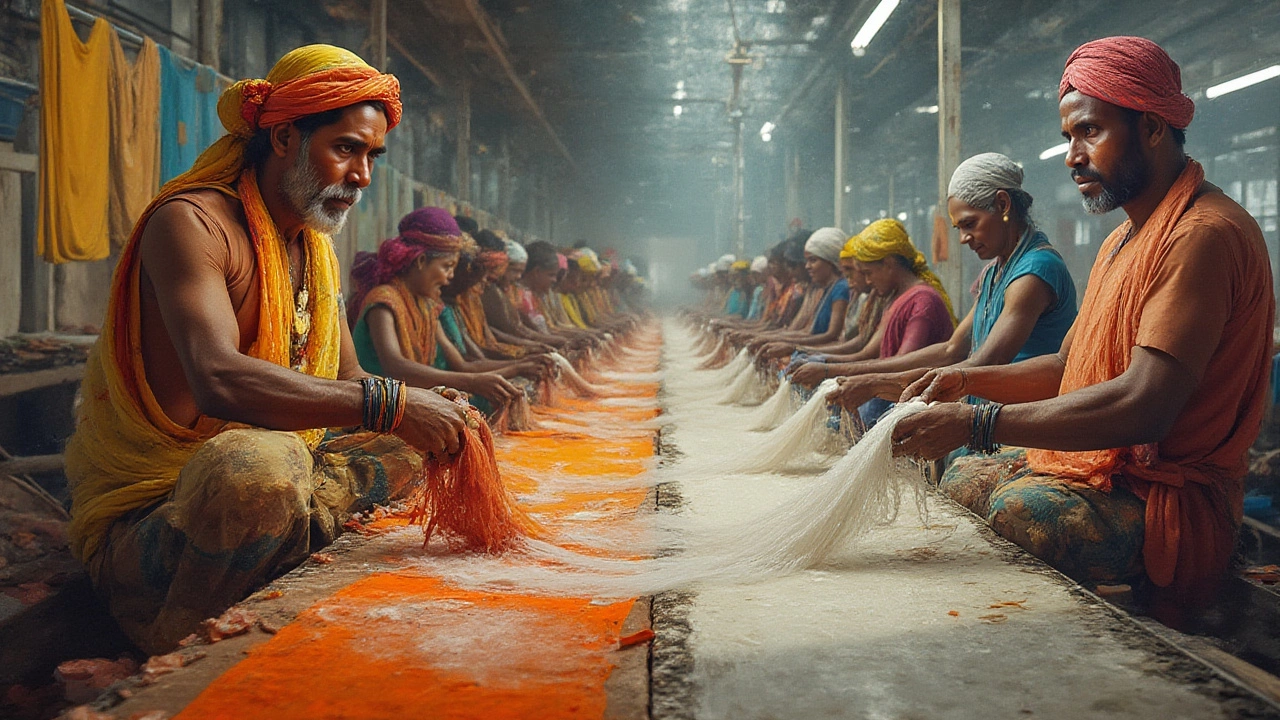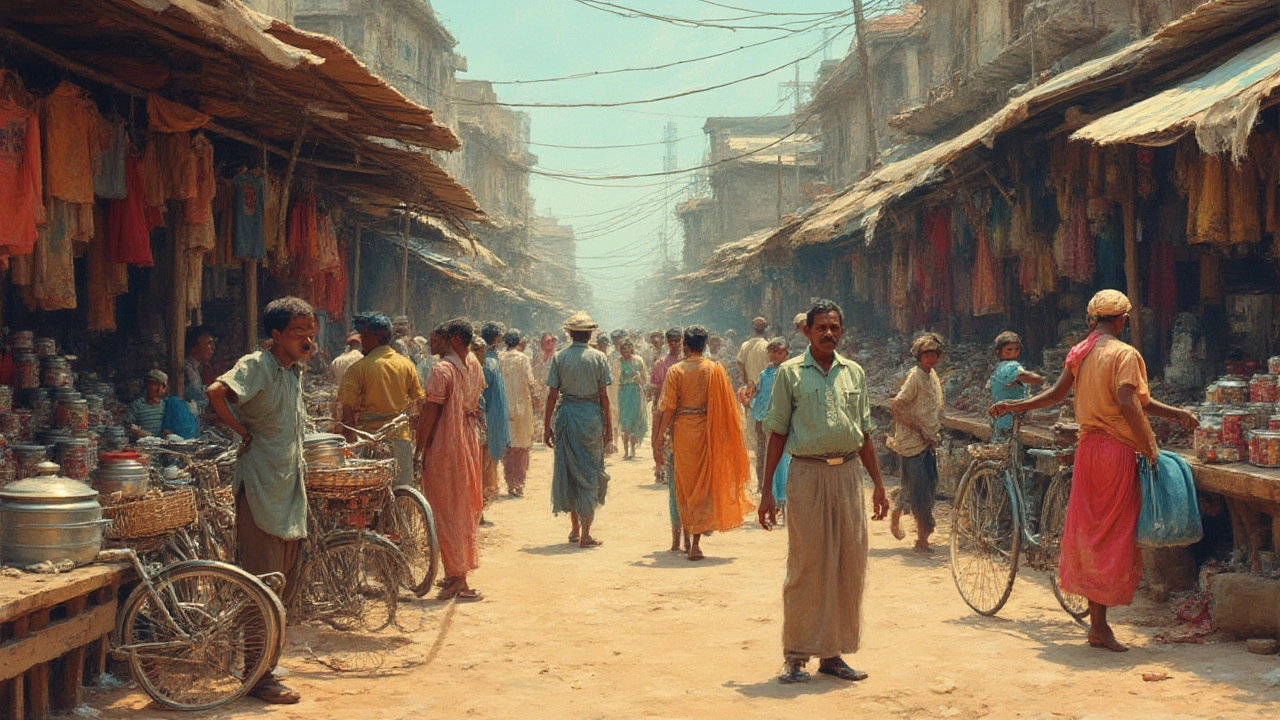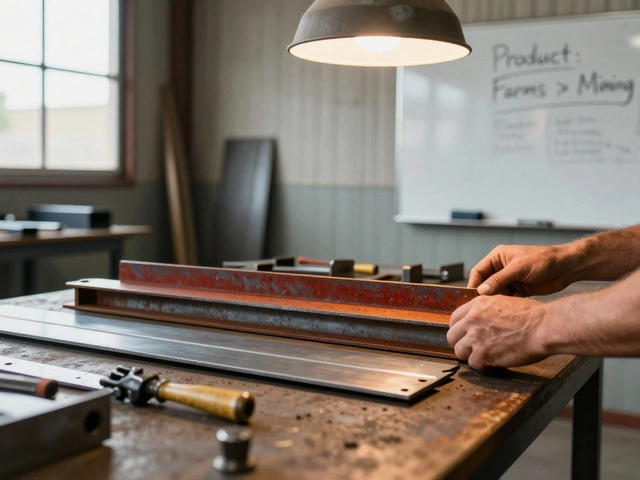Major Economic Advantage of the Factory System: Mass Production Revolution

Imagine if your favorite sneakers or phone were the result of one person in a small workshop, hammering away for days. That’s how things used to be – slow, painstaking, expensive. The real game changer was the factory system, a radical shift that cracked open a new era in economics and daily life. Out of nowhere, prices dropped, jobs multiplied, and people’s routines were never the same. But beyond the obvious, what was the core economic advantage of the factory system, and why does it matter so much even now?
The Birth of the Factory System: Turning Chaos into Order
The late 18th and early 19th centuries were wild times for anyone in the business of making stuff. Before factories, people made products at home or in tiny workshops. This way of working, called the cottage industry, was slow and full of problems. Everything was handmade and it showed—goods weren’t always the same, workers often had to know a ton of different skills, and production completely depended on weather or daylight. You’d never get a shirt in exactly the same size or color twice, and prices were sky-high.
The factory system smashed all that. The main idea was simple: bring workers and machines together under one roof, organize the workflow, and specialize every step. Richard Arkwright, in Britain, is often credited as the pioneer with his water-powered spinning mill in 1771. Suddenly, the process went from scattered, uneven efforts to a well-oiled, structured operation. This wasn’t just a British thing, either—factories soon popped up in France, Germany, and the United States. Whether it was cotton, steel, or even chocolate, people realized that putting everything in one place made things smoother, faster, and massively cheaper.
Factories got a boost from inventions like the spinning jenny, steam engines, and power looms. A dozen workers using machines could crank out hundreds of shirts a week—something unimaginable before. Efficiency was the factory system’s superpower. By the 1850s, the U.S. led the way with a staggering number of textile mills along its rivers, sending prices for cloth and clothes into free fall. Everyone, from wealthy elites to working families, could afford what used to be luxury.
This wasn’t just a story of machines. Once the process was sorted out, you could slot almost anyone into a specific job. The assembly line—famous in Henry Ford’s car plants decades later—came out of this mindset. Instead of a master craftsman making a whole object, each worker focused on one small part. The result: products poured out of factories like water from a tap.

Mass Production and Lower Costs: How Factories Changed the Game
So here’s where the big economic advantage comes in: mass production. Before factories, one blacksmith might make a couple of horseshoes in a day. Under the factory system, dozens of workers, each with their own task, could punch out hundreds or even thousands. More supply on the market meant prices dropped, and things that were once rare luxuries suddenly became everyday items. There’s real power in numbers, and it’s easy to see why every country wanted in on this secret sauce.
This wasn’t just about making more stuff. Factories used machines that ran almost nonstop, so labor and production costs fell through the floor. Take textiles as an example: Before factories, spinning a pound of cotton by hand took about fifty hours. With industrial machinery, it took only a fraction of the time. That time saved turned directly into cost savings, which got passed on to buyers. Even complex goods, like watches or bicycles, became affordable.
Factories made it much easier to scale up. If a factory owner wanted to double production, he didn’t need to train twice as many skilled craftsmen. He just had to hire more workers, sometimes with little to no experience, because every job was specialized. This opened up jobs for women, immigrants, and young people. More people working meant more people earning money, which meant more spending in the economy. As wages spread, so did new consumer habits. Working-class homes, which once had hardly any manufactured goods, now filled up with factory-made plates, clocks, and even toys for the kids.
It’s tough to overstate how radical this was. In the early 1800s, the cost of a cotton dress in Britain dropped by about 80% over just fifty years. American furniture, factory-made and sold by Sears in flat-pack boxes in the late 1800s, cost far less than hand-carved pieces. Here’s a quick look at how prices and wages changed with the rise of the factory system:
| Year | Cost of Cotton Dress (UK) | Average Factory Wage (UK) |
|---|---|---|
| 1800 | 4.5 shillings | 8 shillings/week |
| 1850 | 0.9 shillings | 12 shillings/week |
As goods became cheaper, people wanted more variety. Factories responded by making not just shirts, but shirts in different colors, sizes, and patterns. This is what modern mass customization comes from. Factories also sparked spin-off industries—think packaging, advertising, and shipping—because masses of identical goods needed new ways to reach buyers and grab their attention.
One tip if you’re running a small business today: The lesson from the factory revolution is clear—find out how to break up your production process and keep improving each part. Even in digital businesses, streamlining things like this can cut costs and push you ahead of competitors.

Factory System Impact: Society, Competition, and the Global Economy
The factory system didn’t just change how things were made—it totally rewired society. Suddenly, cities exploded with workers, since most factories popped up near transport hubs like rivers and railroads. Urban populations in places like Manchester and Detroit skyrocketed by thousands per year, all thanks to new factory jobs. Families shifted from countryside farm life to punch clocks and shift work. This wasn’t without problems: long hours, tough conditions, and child labor scandals were everywhere in the early days. But over time, public pressure led to rule changes—like shorter workweeks and better safety laws.
Another wild effect: competition went global. Once a country mastered the factory system, it could flood other markets with cheap, reliable goods. British-built textiles dominated the world in the 1800s. By the 20th century, the U.S. used its car factories to crowd out rival makers worldwide. Today, countries like China and Vietnam fill that role, turning out electronics and clothes for the global market. This race to produce more for less keeps prices down, fuels trade, and makes sure no single country can slack off and fall behind.
Because of factories, startups and small businesses today can take a page from history: Whenever you see a job that takes ages, ask if breaking it into smaller pieces, or automating parts, can make it cheaper or faster for your customers. If you’re running a food company, for example, setting up your own mini-factory can help you supply stores with larger and more consistent batches, sometimes even beating bigger rivals who are stuck in their old ways.
Factories are also the reason big cities have their own personalities and specialties. Chicago is known for meatpacking, Detroit for cars, and Mumbai for textiles, all thanks to the factories that first set up shop there. Without the factory system, none of these cities would have grown so quickly, or gathered so many new ideas, foods, and customs in one place. The ripple effect is still being felt today—if you visit a manufacturing hub anywhere on the globe, you’ll find families and businesses that depend entirely on jobs that wouldn’t exist without factories.
Love your affordable gadgets, ready-to-wear clothes, or flat-packed bookshelves? Thank the factory system. It broke the old rules, made products accessible for millions, and fueled a consumer revolution still going strong. Next time you grab something off a store shelf, spare a thought for those noisy, bustling buildings—factories—where the whole economic story changed forever.





